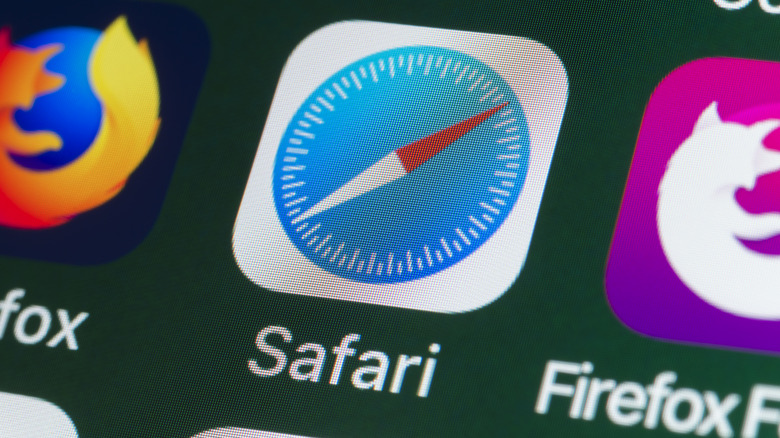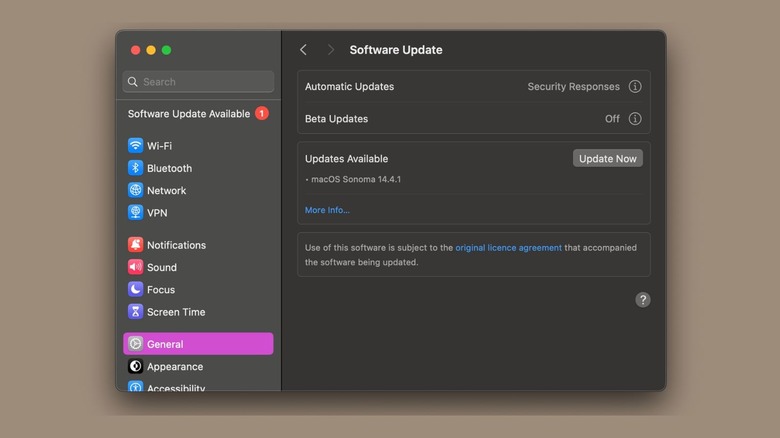
Stockcam/Getty Images
It’s no secret that Safari is the go-to browser for many Mac users. Sure, other browsers like Google Chrome have their advantages, especially if you’re deep into Google’s ecosystem, but using third-party browsers other than Safari on your Mac has downsides. Safari is optimized for macOS and integrates seamlessly with your other Apple devices like your iPhone and iPad by using Handoff.
If you’ve been a part of the Apple ecosystem for a while now, you’re probably aware of Handoff, a very convenient Apple feature that allows you to begin a task on one of your devices, and pick up where you left off on another device.
Safari is no exception — Handoff allows you to start reading or watching something on your iPhone or iPad, and pick up where you left off on your Mac. This not only saves you the time of looking for a webpage but also makes jumping from one task to another extremely simple. Like any application, keeping Safari up to date is extremely important. Not only do new Safari updates come with newer features, but Apple also frequently rolls out updates to address security threats.
Now that you know it is a good idea to install Safari updates whenever they’re rolled out, the real question is: How do you update Safari? Strangely enough, if your Apple device is updated to macOS Ventura or later, the only way to update Safari is to update your Mac itself.
How to update macOS

Mahnoor Faisal / SlashGear
While you can’t update Safari without updating macOS, you can check which version of Safari you’re currently using. To do so, open the Safari app on your Mac and click on Safari from the menu bar. Now, select About Safari from the dropdown menu. Once you do so, a dialogue box will appear. The version of Safari you’re currently using should be mentioned below the “Safari” text.
If you’d like to update Safari, follow the steps below to update macOS:
-
Click the Apple menu in the menu bar and select System Settings from the dropdown menu.
-
Select General from the sidebar on the left.
-
Click Software Update and wait for a few seconds.
-
Now, if a new update is available, click Update Now next to Updates Available.
-
If a Safari-specific update is available, you can click More Info and select Safari from the “Updates are available for your Mac” section.
To avoid having to update macOS manually to update Safari, we recommend enabling automatic updates. This way, you won’t miss out on new features and can rest easy, knowing that Apple has fixed any known security threats. To do so, click the info icon next to Automatic updates and toggle on the switch next to Download new updates when available, Install macOS updates, and Install Security Responses and system files.
